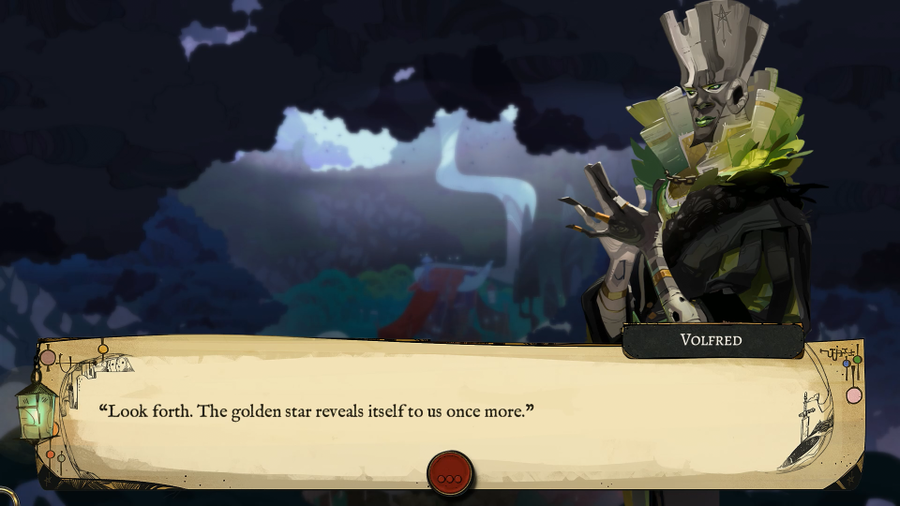


Your fingers no longer trail the walls but scramble and scratch, hammer and pull. You make your way back down the stairs slowly, looking keenly for anything different, any clue as to some means of escape. There is no opening, no hidden door, not even a hollow sound to indicate a room just beyond of your reach, no voice from beyond to tell you you’re anything but alone. The stairs simply ended, the way ahead of the same smooth wood-paneled wall you’d traced your fingers along all the way up. Now that you’re here, you realize a part of you had feared the staircase would lead you straight back to that awful room with its awful door, that the staircase was some impossible circle leading back to where it started, but no. But eventually, finally, you reach the top of the stairs.

You didn’t think to count your steps when you started the ascent, too focused on escaping the door and that awful yellow room. You trail your fingers along the walls and keep your footing sure and climb, and climb, and climb. You might have climbed ten stories, or one hundred, or one thousand. There are no landings, no windows, no markers of any sort. There’s no way to tell as you climb how many floors you ascend. The passage is narrow, a crooked, winding way that rises up and up in a spiral. You half-stumble backward up the steps, not taking your eyes away from the hungry door until finally, it’s out of sight.įree from the door’s predatory gaze, you climb the stairs. Even when you reach the steps, you don’t turn, don’t dare to look away. So you edge backward-some instinct warns you not to turn your back on the door, not to take your eyes off it while it can still see you-until you fumble your way to the staircase. It’s the only path that didn’t seem to radiate malice. It watches, and it waits, and somehow you just know that it is hungry. It must be because even as it sits there, closed and unremarkable, you can feel it watching. The door is plain and unassuming, and utterly horrible. You think you could make it through, though, if you really wanted to. Small, though, so much so that any grown adult would struggle to fit through. There are only two apparent means of escaping this place and its jaundiced glare: at one end of the room, a flight of stairs, at the other, the door. You are beginning to think about the door. It is an unfriendly, hostile color, and it is all around you. It is the putrid, diseased color of a calcified heart. This is the yellow of phlegm, of mold, of bone. Yellow ought to be cheery and bright, but there’s no resemblance in this sickening color to creamy butter or dappled sunlight or the soft fluffy down of spring ducklings. The floor is old wood, gray and warped, but everything else, the walls, the ceiling, is yellow. It feels like an attic, too, though there are no windows or ladders or hatches on the floor to suggest that it is one.


 0 kommentar(er)
0 kommentar(er)
